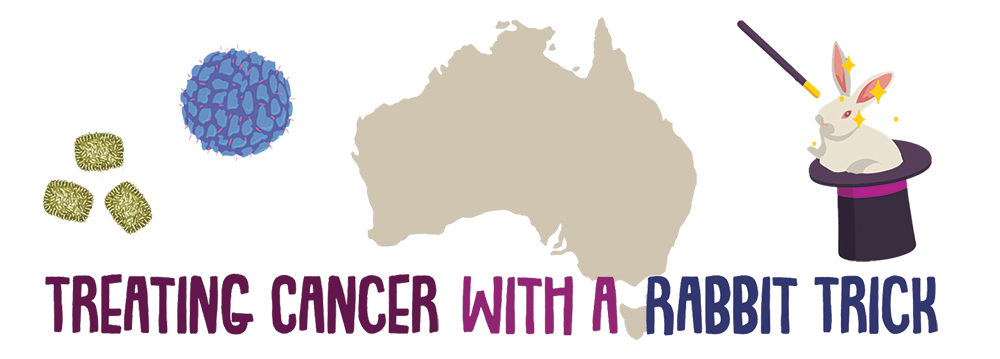Career Path for Grant McFadden
Fast Facts:
- Number of years in school: 21
- Favorite class / subject: Science
- Hardest class / subject: Writing
- First Job: Sold encyclopedias door-to-door
- Dream job as a kid: Scientific researcher
- One word you would use to describe your current job: All-consuming
Grant McFadden didn’t expect his life’s journey would lead him to one day end up working on a treatment for cancer. Today he says he “pretty much” has his dream job.
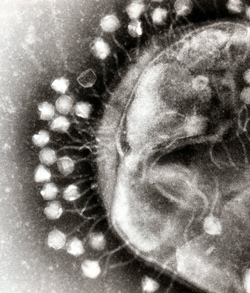
Grant McFadden studies viruses and manages a large group of 100 fellow scientists and students in his center at the Biodesign Institute at Arizona State University. He grew up in Canada and went to college at McGill University in Montreal. He wanted to avoid writing essays, so he majored in biochemistry as an undergraduate. He later received his Ph.D. in biochemistry. That’s where he first studied viruses. He studied bacteriophages, which are a group of viruses that attack and target bacteria.
After graduation, he decided to study something different. “I was totally fascinated by viruses from the start. I learned a lot in my Ph.D., but when I was finished I thought the future would be in the viruses of mammals, and humans, rather than bacteria,” McFadden said.
He accepted a postdoctoral research position studying the Vaccinia virus. Vaccinia is part of the pox virus family. Viruses are often described by their families, and Vaccinia is one of 69 viruses in the pox family. It was used to make the most successful vaccine ever made for smallpox. That vaccine was so successful that the smallpox virus has been wiped out from the face of the Earth.
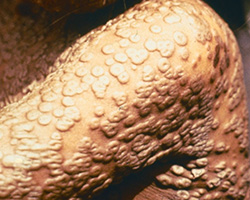
Even though smallpox was eradicated, scientists still study Vaccinia virus in labs around the world. It grows well and it helps us understand how viruses work. When McFadden finished his postdoc, he was interested in pox viruses, but he wanted to find a different virus that wasn’t well studied.
This is when he found the myxoma virus, which is a type of pox virus. “Nothing was known about its molecular biology,” he said. “I was really a molecular person by that time, so interested in genes and gene products.” For the first 20 years of running his lab, he focused on the nuts and bolts of the virus.
“For all that time, we thought we had a virus that could only infect rabbits. All the evidence said it was stuck in rabbits. It didn’t infect us, it was harmless for grad students and me,” McFadden said. “Then we stumbled upon this, being able to grow it in cancer cells, and it was like opening a new door into new turf. It was totally unexpected.”
When McFadden started out working on the myxoma virus, he worked in the lab as a junior scientist and assistant professor. Now he leads a team of scientists. “It is kind of like when dancers become choreographers,” he said. He oversees his center’s research strategy, edits a scientific journal, meets with other scientists, goes to conferences, applies for grants, and meets with donors and investors.
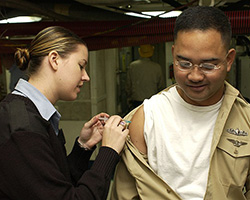
He partnered with a biotechnology company developing cancer-fighting viruses for brain cancer. He is working to raise enough money to make a myxoma virus that doctors can use. First, they are testing the virus to make sure it is safe.
Naturally, there are a lot of rules to follow and requirements to meet before scientists can put a foreign substance into humans. “That’s kind of my secondary mission: to get this into a human clinical trial.” Clinical trials are research studies on humans. These trials would let McFadden find the answer to the question he is asking: “Can we help patients, real patients who right now with standard care are going to die from their cancer?”
“I never started out thinking that studying this virus would ever make a real difference. I was just kind of curious. But as the data unfolded and the story became clearer, I got more and more intrigued and realized that possibly this virus can make a difference in patients’ lives if everything works out. I just sort of felt I had to pursue it.”
Treating Cancer with a Rabbit Trick was created in collaboration with The Biodesign Institute at ASU.
Read more about: Treating Cancer with a Rabbit Trick
Bibliographic details:
- Article: Career Path for Grant McFadden
- Author(s): Dr. Biology
- Publisher: Arizona State University School of Life Sciences Ask A Biologist
- Site name: ASU - Ask A Biologist
- Date published:
- Date accessed:
- Link: https://askabiologist.asu.edu/career-path-grant-mcfadden
APA Style
Dr. Biology. (). Career Path for Grant McFadden. ASU - Ask A Biologist. Retrieved from https://askabiologist.asu.edu/career-path-grant-mcfadden
Chicago Manual of Style
Dr. Biology. "Career Path for Grant McFadden". ASU - Ask A Biologist. . https://askabiologist.asu.edu/career-path-grant-mcfadden
Dr. Biology. "Career Path for Grant McFadden". ASU - Ask A Biologist. . ASU - Ask A Biologist, Web. https://askabiologist.asu.edu/career-path-grant-mcfadden
MLA 2017 Style
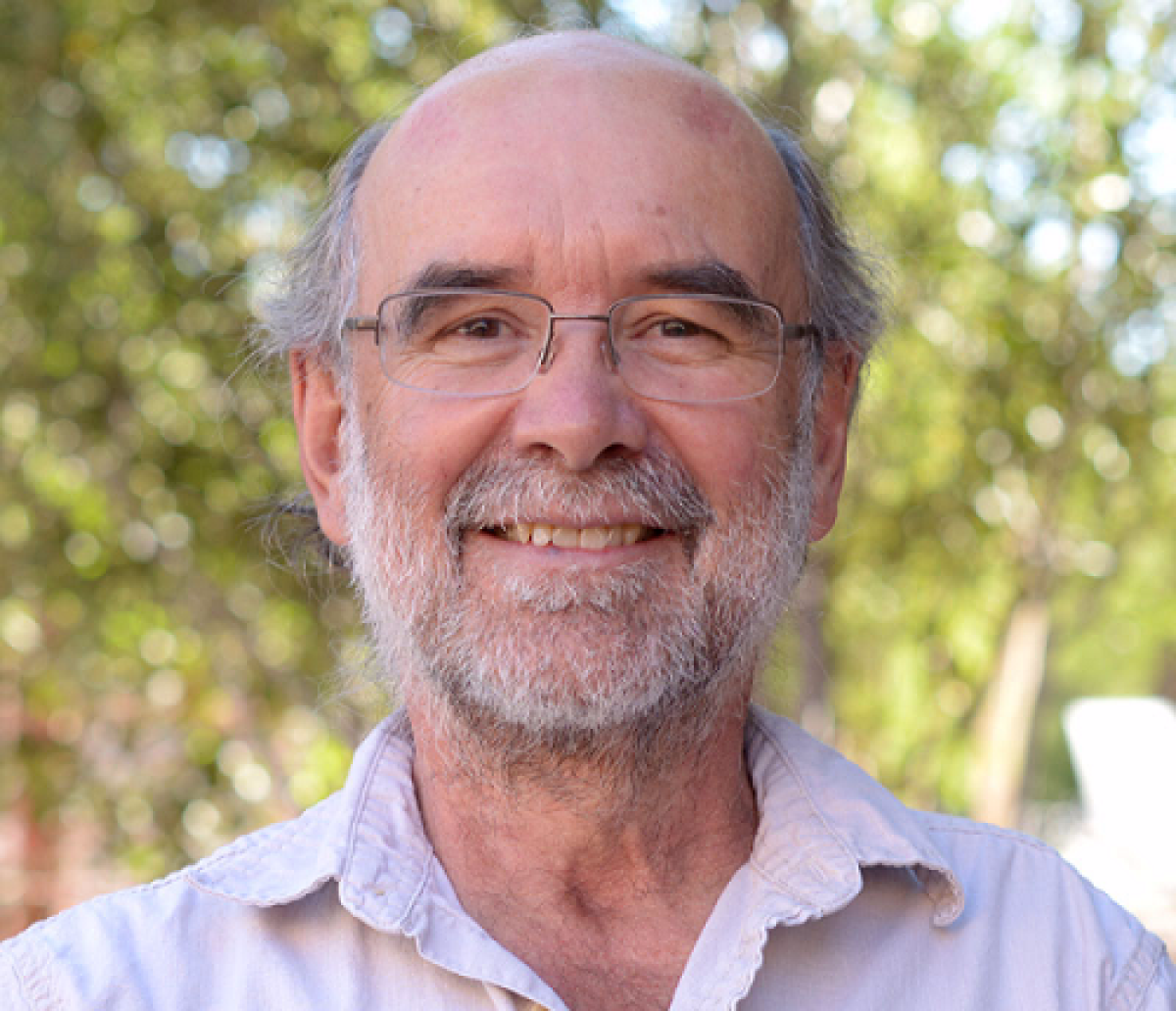
Be Part of
Ask A Biologist
By volunteering, or simply sending us feedback on the site. Scientists, teachers, writers, illustrators, and translators are all important to the program. If you are interested in helping with the website we have a Volunteers page to get the process started.

